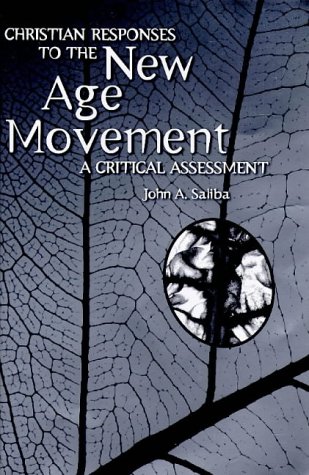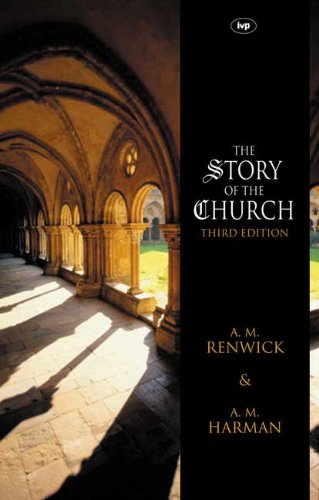Art, Modernity and Faith
Written by George Pattison Reviewed By David ThistlethwaiteThe conundrum which George Pattison presents, and wrestles with throughout this fine book, is that art is there, it is good, it draws you into its own meaning and language, but once inside it. its world is not easily retrieved in words. How can theology pretend to master it, let alone to judge it? Yet how can theology honestly ignore it, when so much meaning is evidently lodged there?
Beginning with Plato’s suspicion of the non-submissiveness of images to work and finding eventual relief in Heidegger’s acceptance of autonomy in images. Pattison takes us on a superb tour of art theology of all periods, summarising even the most demanding authors such as Hegel and Ruskin, with great skill. In Tillich, finally, he finds confirmed his sense that the passions of modern art are more authentically religious, and more worth listening to, than much religiosity in the Church. Art, he concludes, has suffered too much from anti-iconic dualisms propagated by Augustine, and should now be embraced by a world-affirming ‘carnal’ Christianity, as a true instance of ‘incarnation’, seeing meaning embodied not in words but in matter. He allows the radical consequence: if we accept art, the hegemony of ‘word’ is broken. Instead, art is a ‘language before language’, and being pre-doctrinal. Christianity and other religions draw from it such symbolic meanings as they recognise, as from a common pool. Art comes first, word second; and ecclesial authority embodied in doctrine collapses.
But what of critical authority? This is no small issue, since the new, penitent, submissive posture of the Church towards art exemplified by this book, though attractive, like other liberal forms of guilt, gives it a somewhat airless, claustrophobic feel. If art is all, where is God? One longs to open the windows, and allow God his say. But would that give hegemony, once again to ‘word’?
It is important not to lose hold of Pattison’s achievement, in this book, of establishing the relative autonomy of art as untranslatable into words, and his recognition of this challenge for theology. Nonetheless the discussion seems vitiated by guilt-making postmodernist fears about hegemony and postmodern superstitions about language. For ‘word’ never did have hegemony: hegemony is a property of persons, not things of speakers, not of speech. And it has its uses. Pattison allows that people may try to express their thought about art in words, but unfortunately allows autonomy to grow into something like an authority in art, as if it has a first-order, unarguable, impassable ‘being’. Well it may have, but by whose decision? Hence the feeling his book gives of being somewhat entrapped in art.
This is due perhaps to a weak theology of personhood in relation to nature. While Pattison is surely right to include art as part of creation, his humanity and nature seem to merge, as in Buddhism, which leaves artists and art lovers with no authority over art works. This means there is little to counterbalance the experience of art, no renewal of our personhood from external sources. He confesses that while art is increasingly treasured in his practice of religion, he no longer regards ‘religion as capable of securing its own ontological foundations’.
There is then, not surprisingly, an absence of the transcendent in this book. Art is to be wooed back, apologetically, to the church, rather than reconciled to Christ. The church is sometimes destructive, true art only authentic. There is indeed something irreducible about art, something more than just an arguable message, but surely it is not as irreducible, as sinless, as that.
David Thistlethwaite
Cheltenham







